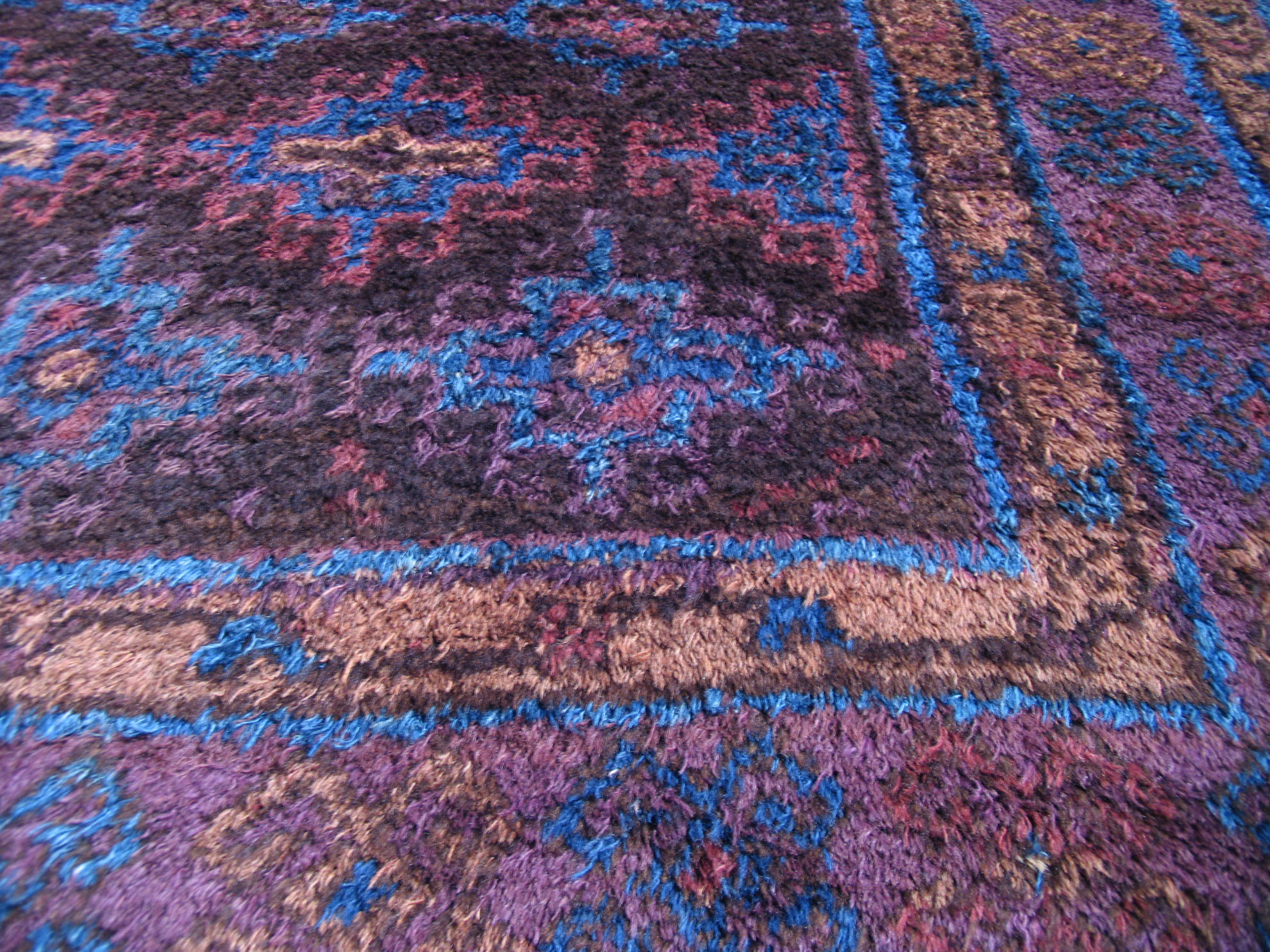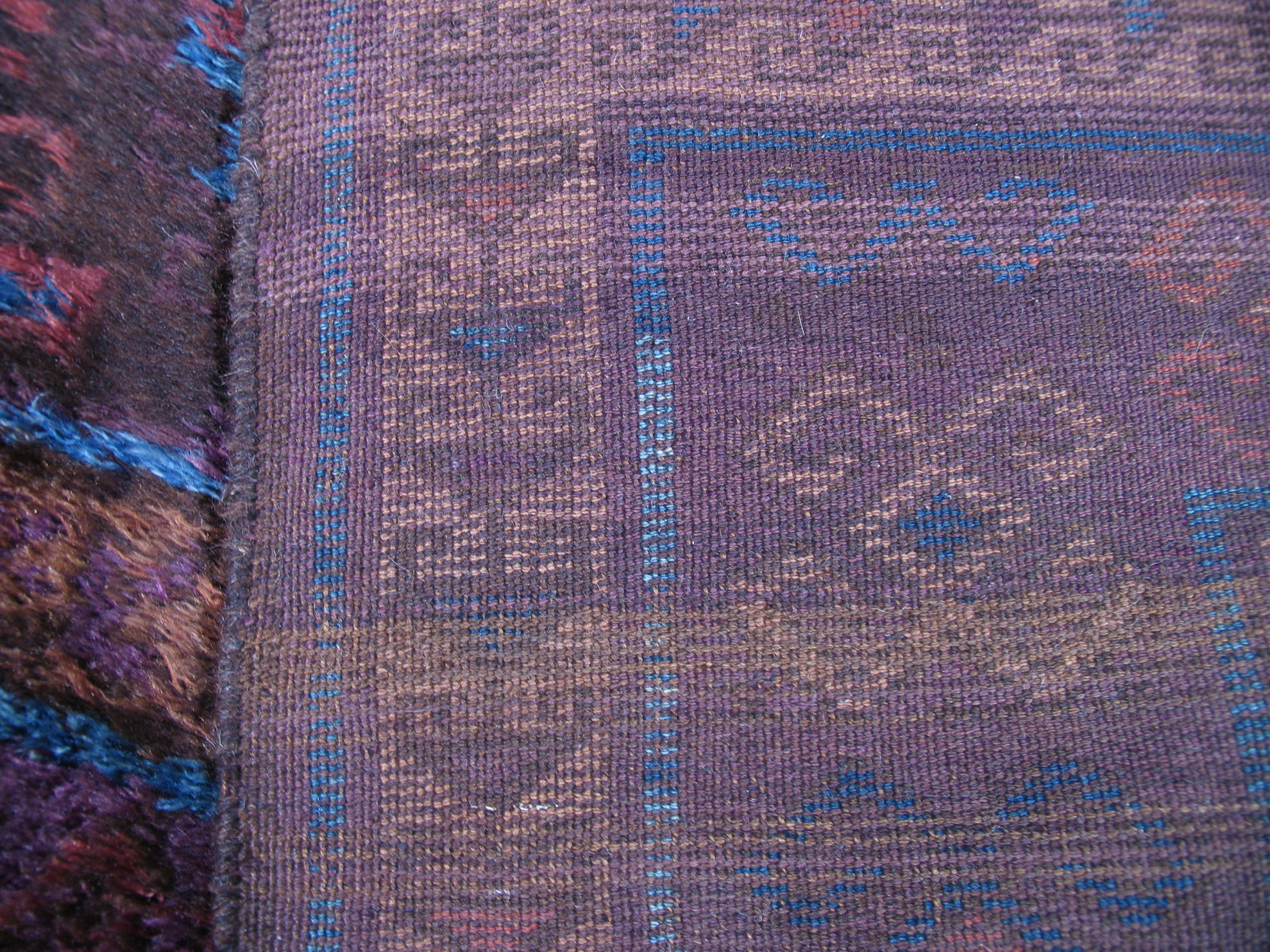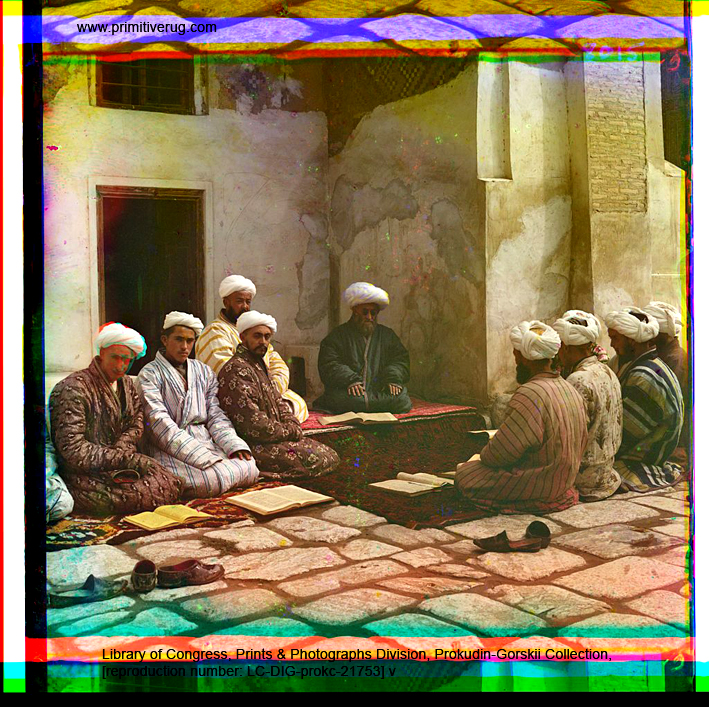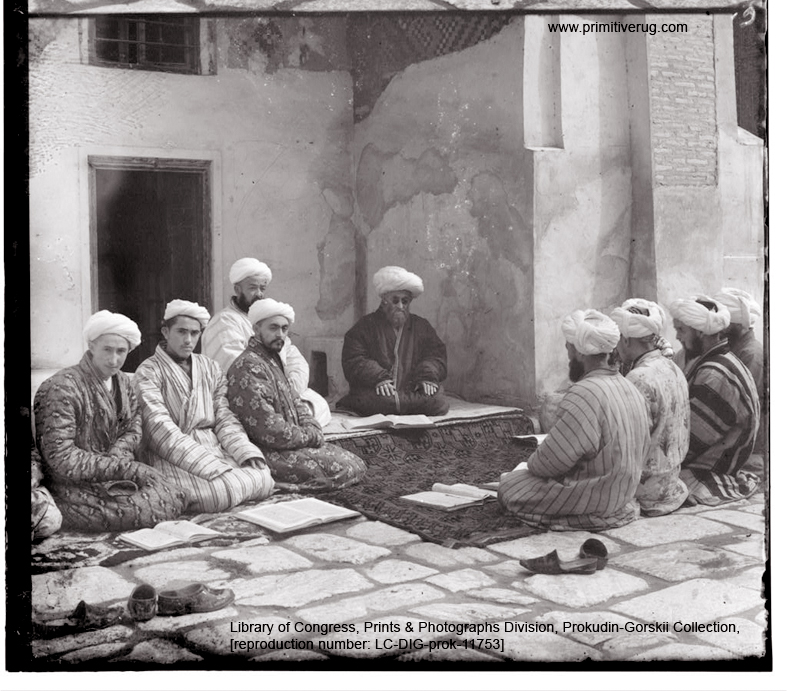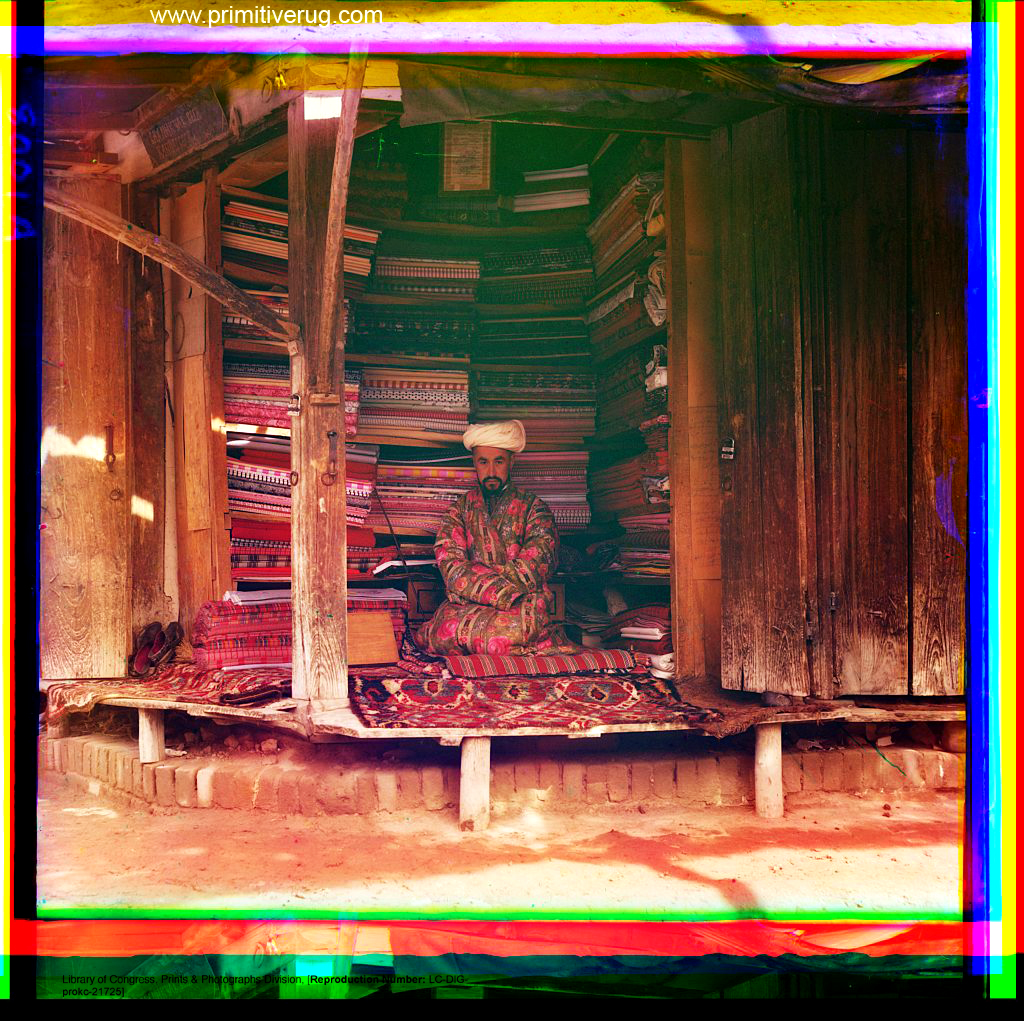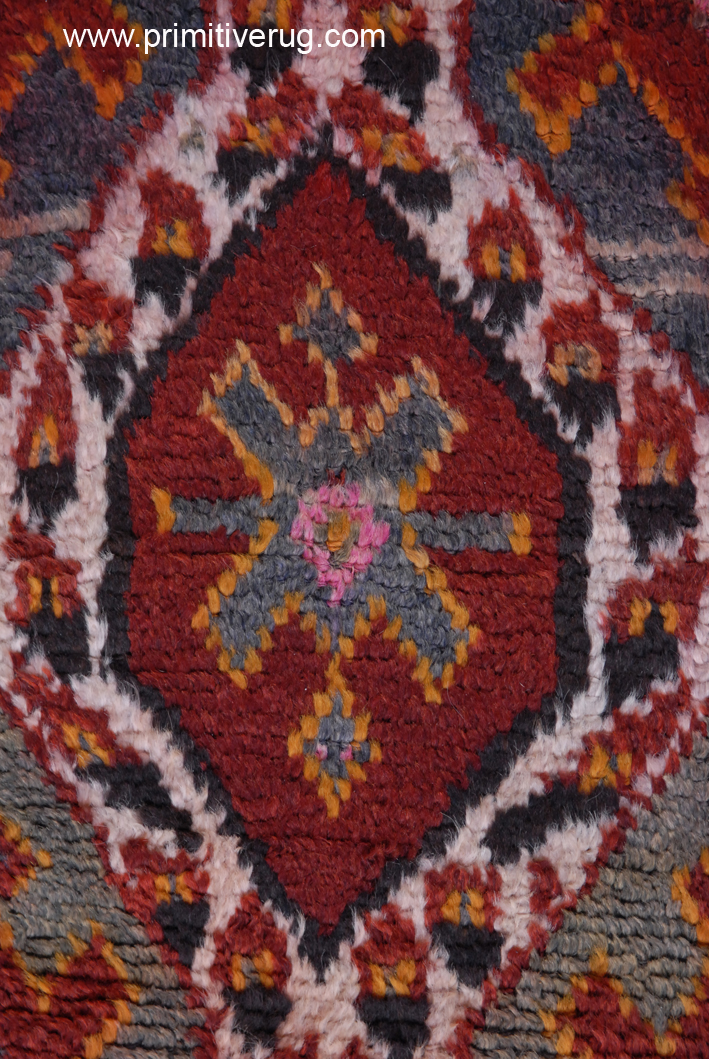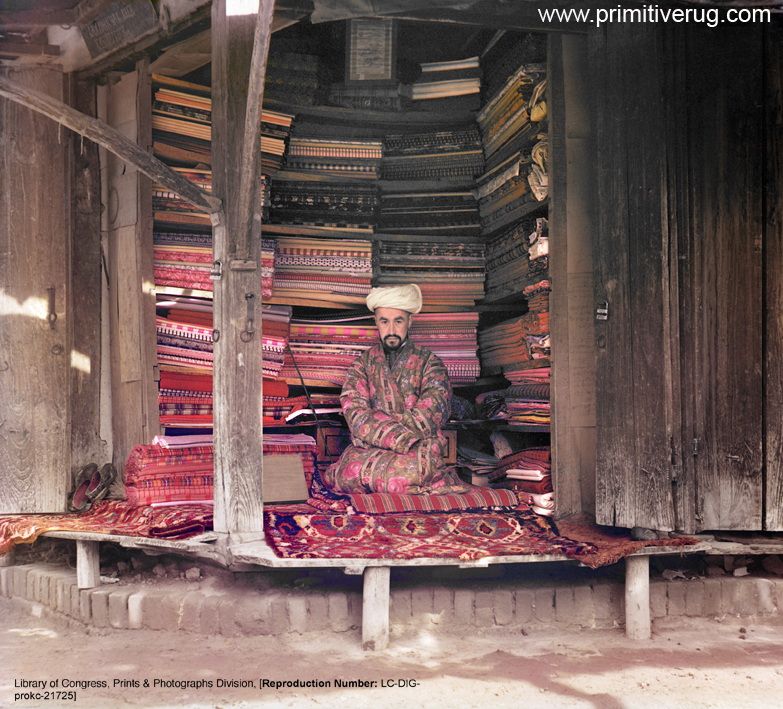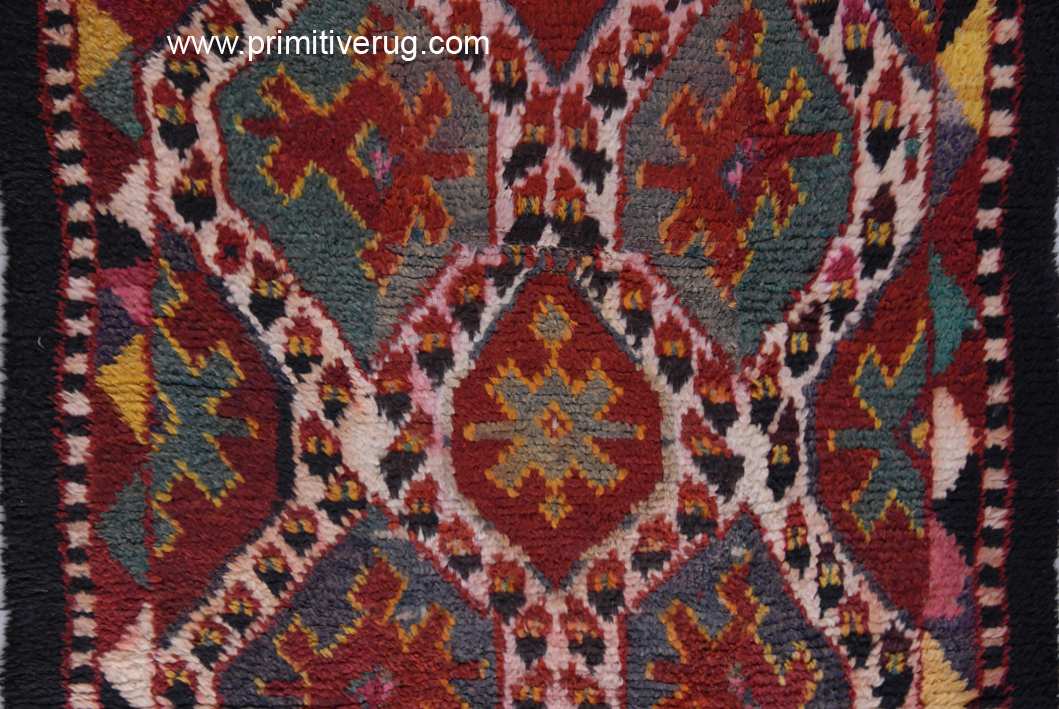Primitive Rug Research
Robert Cobcroft
Seeking and answering questions about rug attributions is fraught with potential hazards even before the journey begins. Opinions can cloud research based on definitive evidence from sources including photographs and ethnographic research.
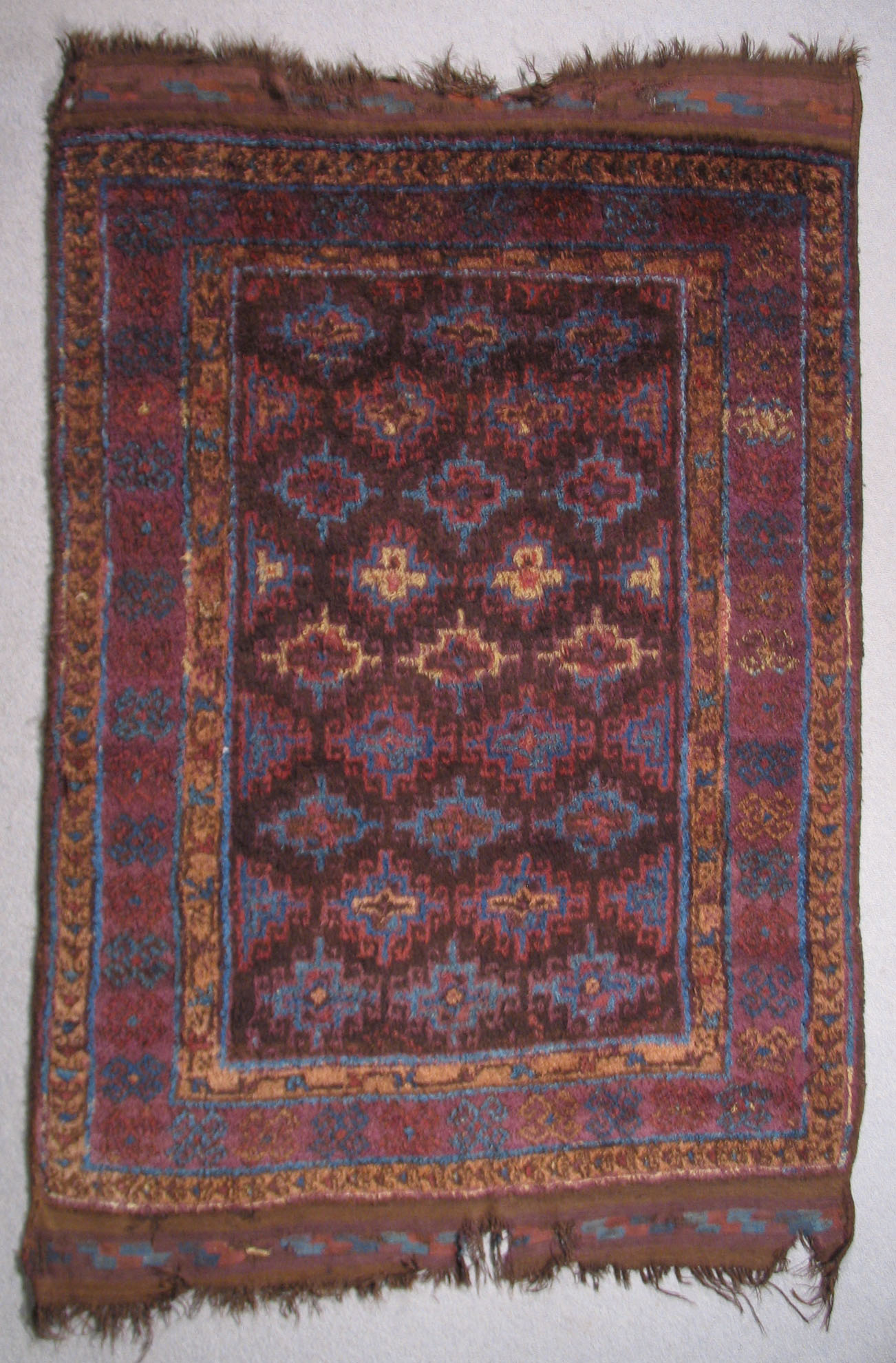
When I first began researching primitive rugs Leigh Copeland offered the following. “To make a complete catalogue of the misinformation which the rug fraternity hand on from one to another would need ‘a painful man with his pen, and as much patience as he who wrote the Lives and Deaths of the Martyrs.’” H. G. Dwight. Persian Miniatures. 1912.
Recently James Allen posted a quote on facebook from Max Planck "A new scientific truth does not triumph by convincing its opponents and making them see the light, but rather because its opponents eventually die, and a new generation grows up that is familiar with it."
Recent discussions on the facebook pages of Primitive Rug have highlighted the diverse opinions end experiences of readers and contributors to the discussion. With this in mind the aims, goals and objectives of Primitive Rug become obvious. A place to discuss and share the most recent thoughts and research on the topic of Primitive Rugs. The joy is in the journey. The answers will never be absolute.
As a segue to the next post here's an image of a VERY unique rug from James Blackmon. This rug is early (probably late 19th Century) compared to known examples, and smaller, woven in one piece other rugs of this type are two pieces stitched together.

